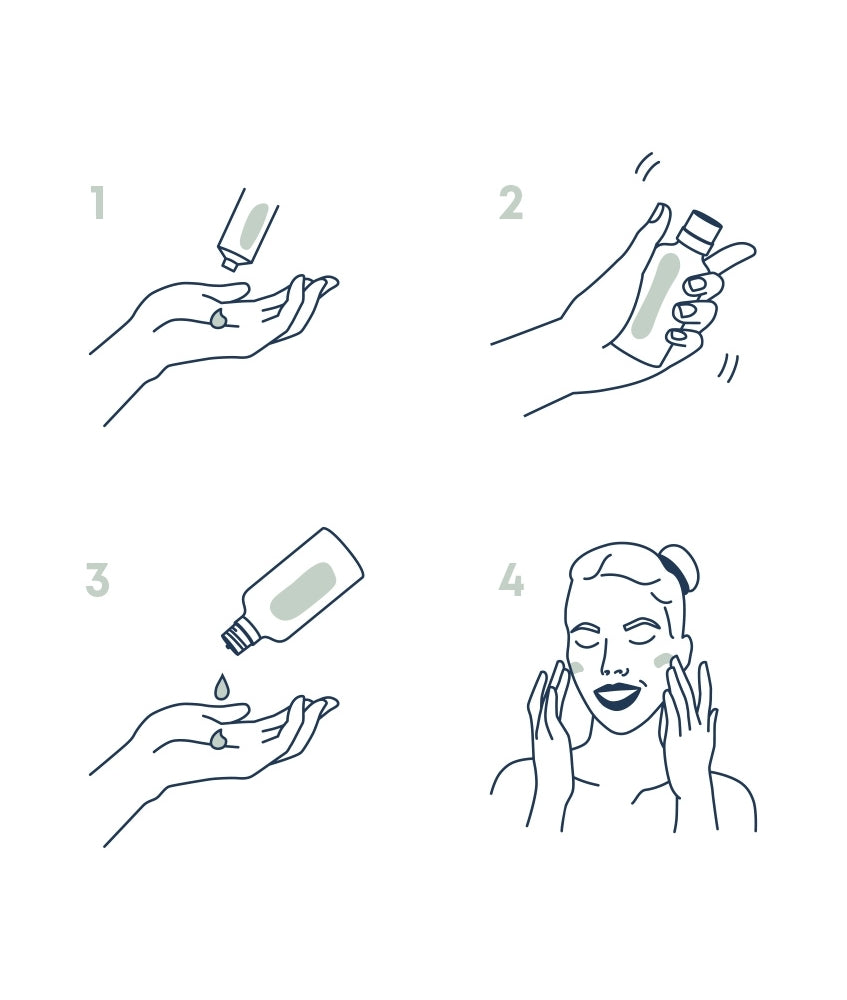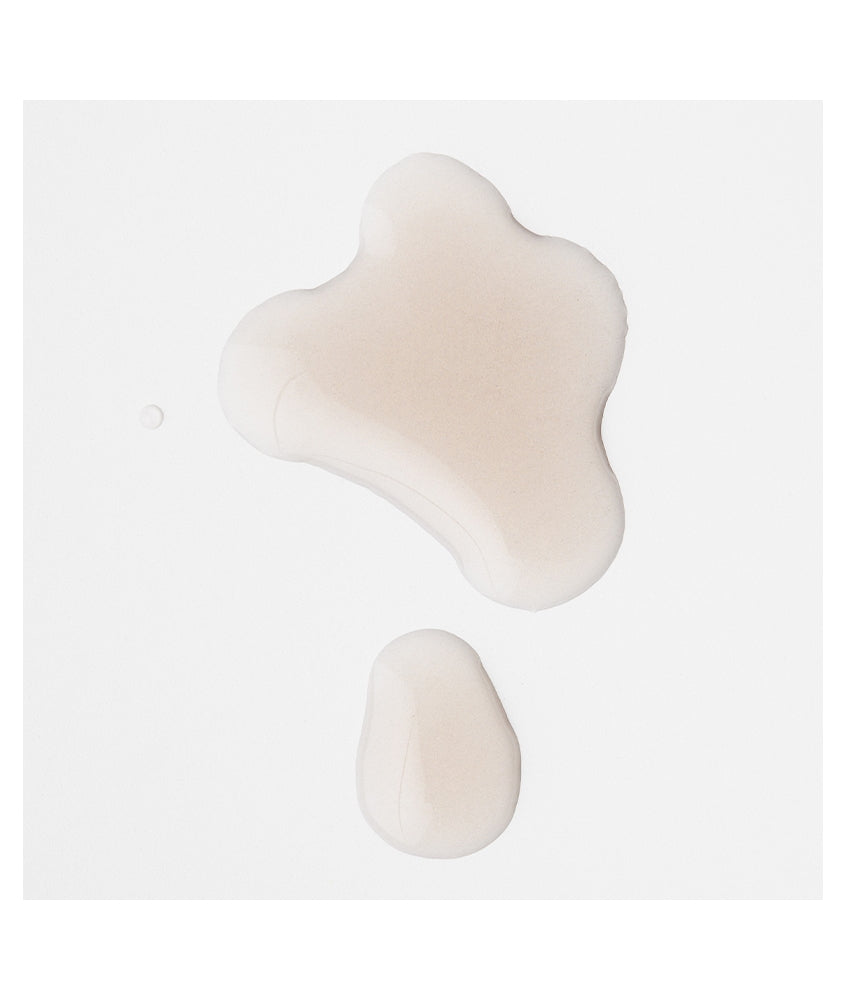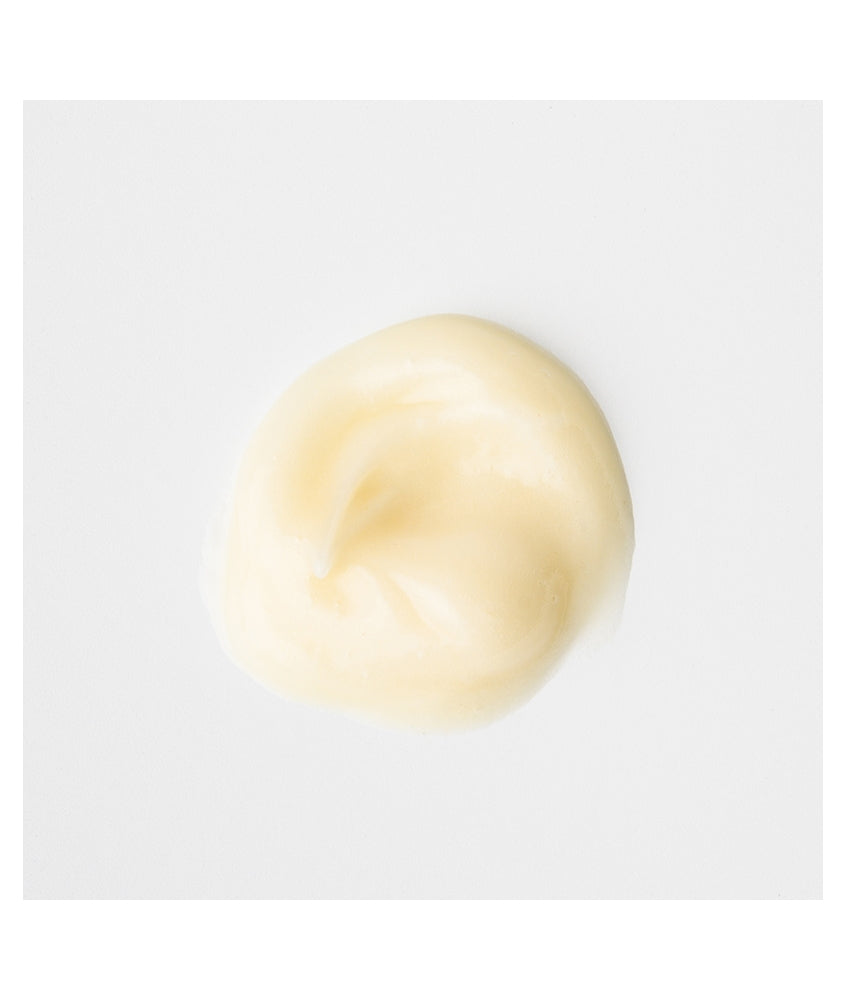We are in awe of our skin; how beautifully complex and self-sufficient an organ it is. We have studied it so much so that we have come to appreciate its intelligence and to humbly formulate products that make sense for it.
Although we all appear to have different skin “types”, every skin functions the same, and its needs are all the same. Yet we are told time and again by experts and influencers alike, that we need different products for our skin’s needs. It’s been repeated so often that it is now accepted as fact.
So, if it isn’t fact, what is?
Here’s what we should be asking ourselves; If it works the same and has the same needs, how do we get it to function optimally? How do we provide the optimal environment for the skin to perform at its max, every day?
To do that we have to restore what we strip away from our skin, during daily activities. We have to remember that the skin is not only an organ, it’s also an ecosystem where microbes live at its surface and protect it, it’s like a double armor.
With this beautiful double armor, all we need to do is restore the balance and give back the essential elements that we have stripped away with our lifestyle. The double armor does the rest.
THE DOUBLE ARMOR
The Skin ecosystem has 2 barriers.
Its microbiota (which was covered extensively in previous posts) and the skin organ itself (covered below). Together, the double armor:
• protects us from microbes and the elements
• helps regulate body temperature, and
• permits the sensations of touch, heat, and cold.

The Physical Barrier – the skin:
If the skin is injured, the blood supply to the area increases to deliver various substances to the wound so it is better protected from infections and can heal faster.
Later, new cells are produced to form new skin and blood vessels. Depending on how deep the wound is, it heals with or without a scar.
The three layers of the skin:
The deepest layer (subcutis)Hypodermis, the deeper subcutaneous tissue is made of fat and connective tissue. The fat acts as a shock absorber, protecting bones and joints from blows or bumps. It serves as insulation too.
The middle layer (dermis) Dermis, beneath the epidermis, contains tough connective tissue, hair follicles, and sweat glands. It is made up of a dense network of tough, elastic collagen fibers. These make the skin strong and robust, while at the same time stretchy.
The outer layer (epidermis): The outermost layer of skin provides a waterproof barrier and creates our skin tone. Each layer of the skin has multiple sublayers, and the topmost layer of the epidermis is what we think about when we do our skincare routines. It’s called the Stratum Corneum and we’ll be taking a deeper look next.
The epidermis also contains other types of cells with special functions:
• Melanocytes produce and store a black pigment called melanin. They produce more melanin when your skin is exposed to sunlight, which is why it becomes darker. This protects the skin from the sun’s harmful UV rays.
• Lymphocytes and Langerhans cells play an important role in fighting germs. They “grab” the germs and take them to the nearest lymph node.
• Merkel cells are special nerve cells in the skin that enable you to sense pressure.
Stratum Corneum
It serves as the primary barrier, with the skin microbiota, between the body and the environment. It’s the top layer of the outer layer! The stratum corneum is sometimes described as a brick wall. The corneocytes that make up the cell envelop are layers, like bricks, mortared together by lipids, that create the outer water barrier.
This layer of skin is also made up of layers of very resilient and specialized skin cells and keratin. It’s also made on of a multitude of loose elements, held into the skin through chemical bonds (or affinities). When the environment of the skin is disturbed, these elements tend to strip away from the skin.
NMF - Natural Moisturizing Factor
Sometimes considered a barrier (we think it’s part of the skin’s chemistry) the NMF (Natural Moisturizing Factor) composes the “water-based” protective layer of the human skin. 20 to 30% of the outer layer of the skin are NMF components. Almost one third.
So, why’s the NMF important? It is essential for the optimal outer skin layer’s functions (the epidermis’ stratum corneum): hydration, homeostasis (balance), desquamation (flaking of dead skin cells), and the skin’s softness and elasticity (plasticity).
A perturbed NMF affects the microbiota barrier and leads to conditions like AD (atopic dermatitis), psoriasis, ichthyosis vulgaris, and xerosis (dry skin). Dehydration goes hand in hand with dry skin because smaller amounts of skin lipids aren’t sufficient to preventing water loss.
Oily skin, however, can also get dehydrated. A perturbed NMF can also cause oily skin to become dehydrated as it loses its ability to retain water.
Those NMF components are mainly free amino acids and inorganic salts. Amino acids from the NMF are either in the free form or derivatives, such as PCA (for 2-pyrrolidone-5-carboxylic acid, also called pyroglutamic acid), urocanic acid (a natural absorber of UV light), trymethylglycine (or betaine), lactic acid and urea. They have essential functions. Inorganic salts are chlorides, phosphates and citrates of sodium, potassium, calcium and magnesium.
The NMF components are effective humectants. Humectants attract and bind water into the skin, when at the right pH. The NMF thus ensures that water is available for healthy enzymatic processes and for bridging multiple components through its amino acids. This bridging supports the skin’s structure, elasticity and osmotic balance.
DEEP DIVE INTO HYDRATION
Emollients and humectants are the foundation of dry skin prevention and treatment. Moisturizers can be composed of 3 classes of ingredients – many of those present in the healthy skin.
(1) humectants: bind and hold water in the stratum corneum (outer layer of skin). The NMF components described above are humectants as well as glycerol, hyaluronic acid, sodium lactate and panthenol.
(2) emollients: soften and smooth the skin. Plants oils, free fatty acids and ceramides are examples of emollients.
Plant oils and free fatty acids: when applied on skin, the free fatty acids lead to visible rewards. These ingredients support the skin’s natural oil barrier (the sebum), which is critical for keeping your skin hydrated and healthy looking. Ceramides are an important group of lipids that not only act as cell signalling molecules but also as emollients. Ceramides are also intrinsic skin constituents. These sphingolipids form a major part of the stratum corneum lipid matrix (Figure Y).
(3) occlusives: create a barrier on the surface of the skin and prevent water loss by trapping the water into the skin. Petrolatum, lanolin, mineral oils and silicones are examples of occlusives. Some emollients like jojoba oil, also act as occlusives.
While great for extreme weather protection, this category of moisturizing ingredients creates a film on the skin and blocks sebum from escaping and the skin from breathing. It should not be used in regular skin care.
Our products are formulated to restore the balance of the elements needed for both barriers of the skin to function optimally.
A complete menu for your skin and its microbiota.
All the ingredient your skin needs and none that it doesn’t.


























